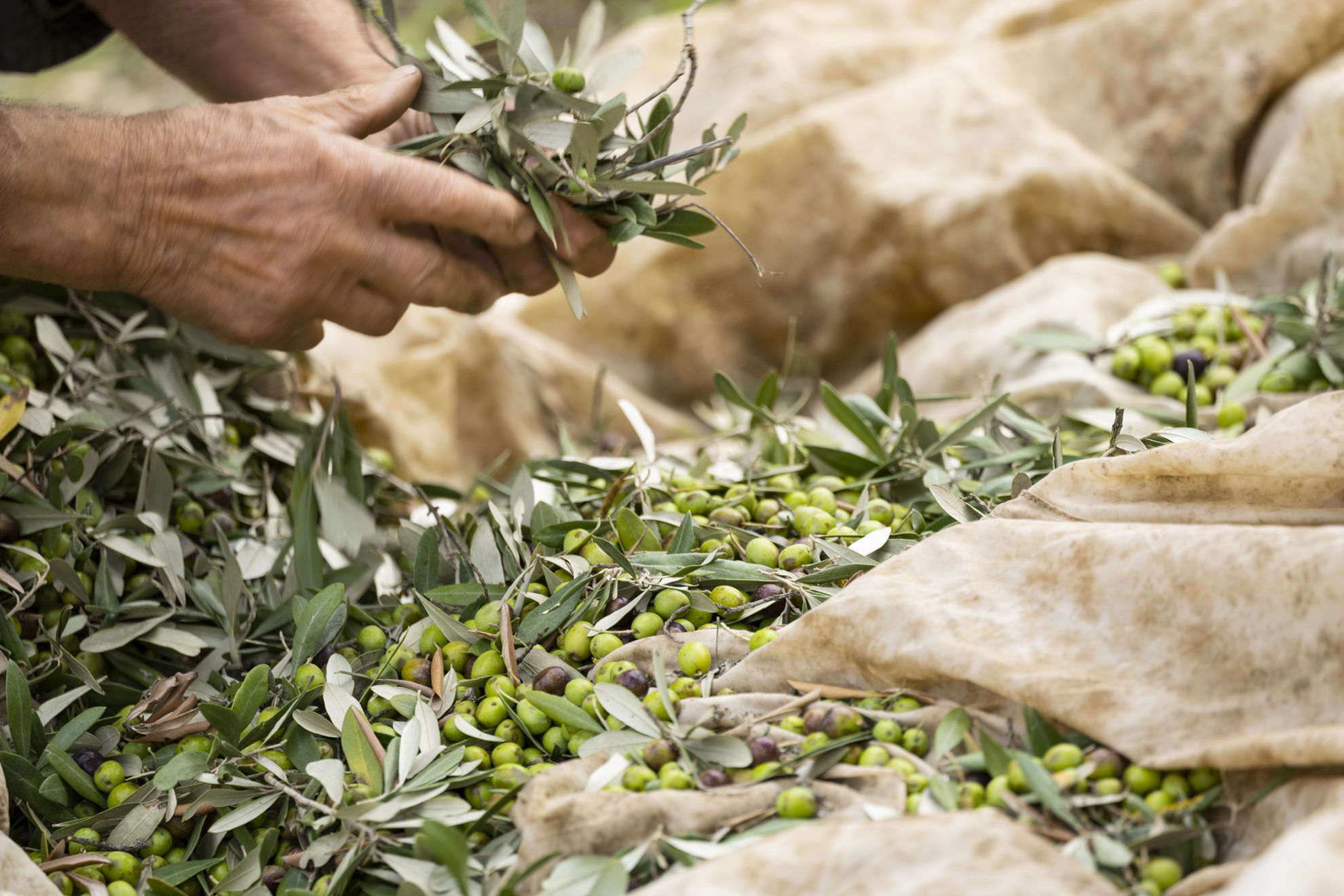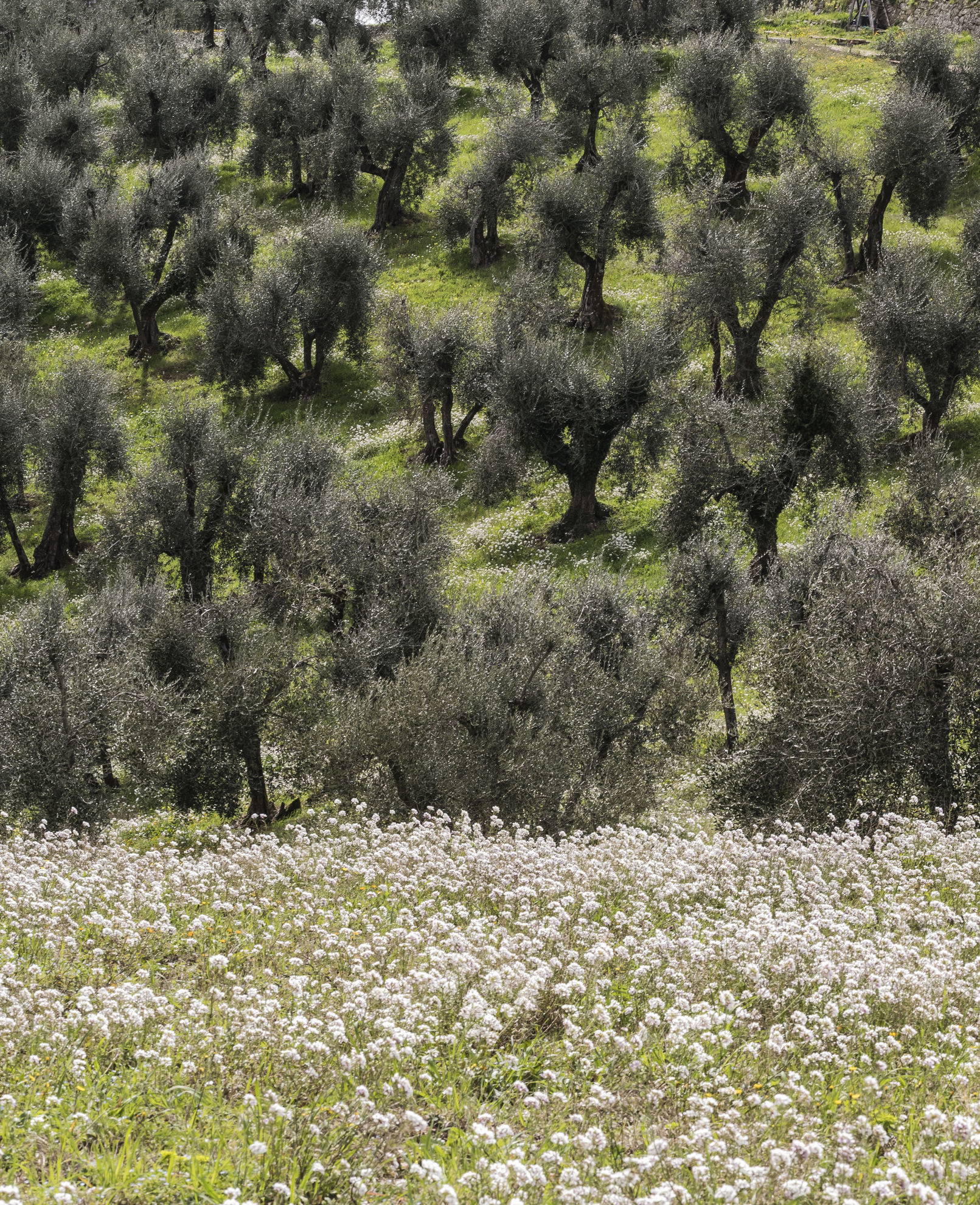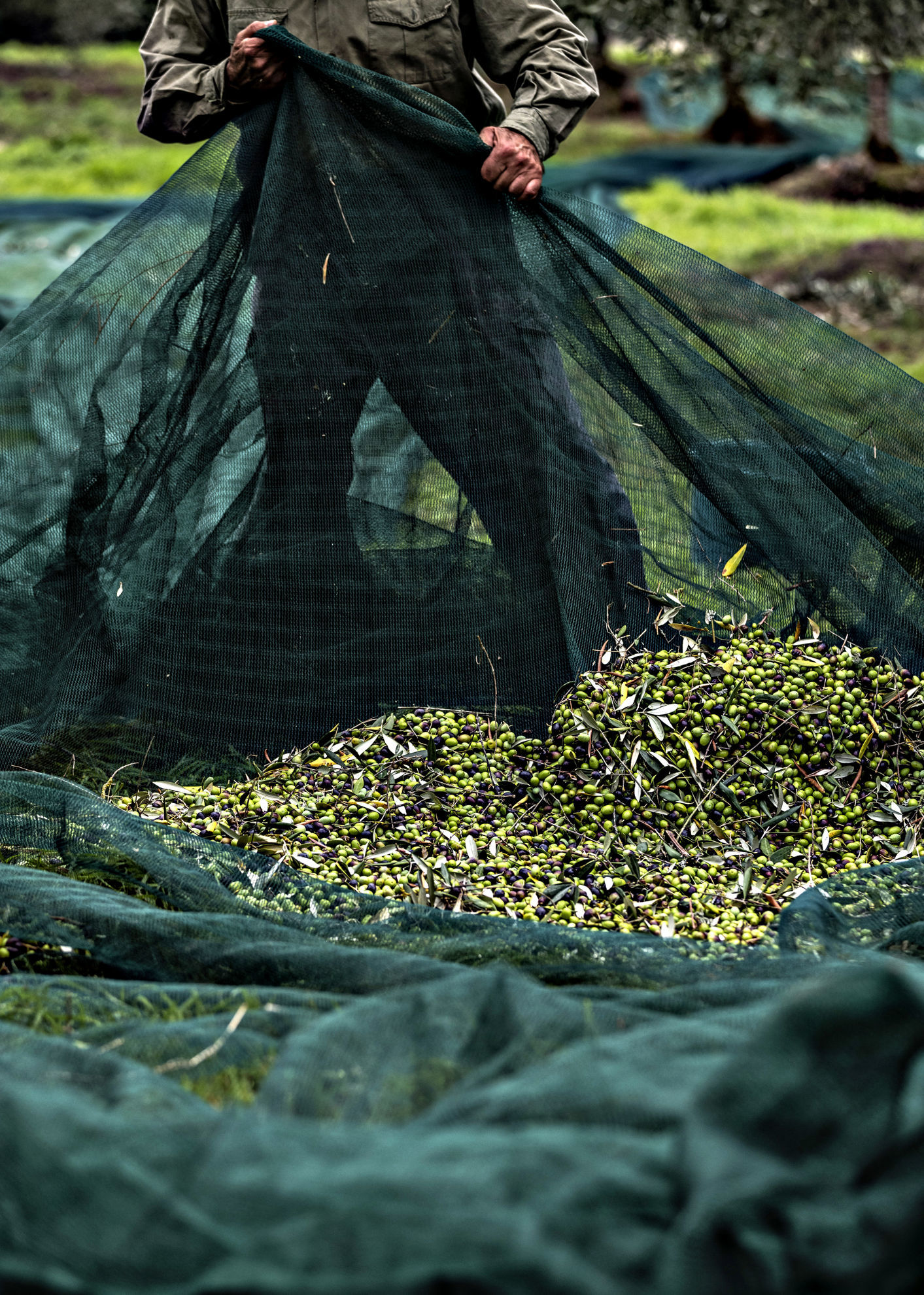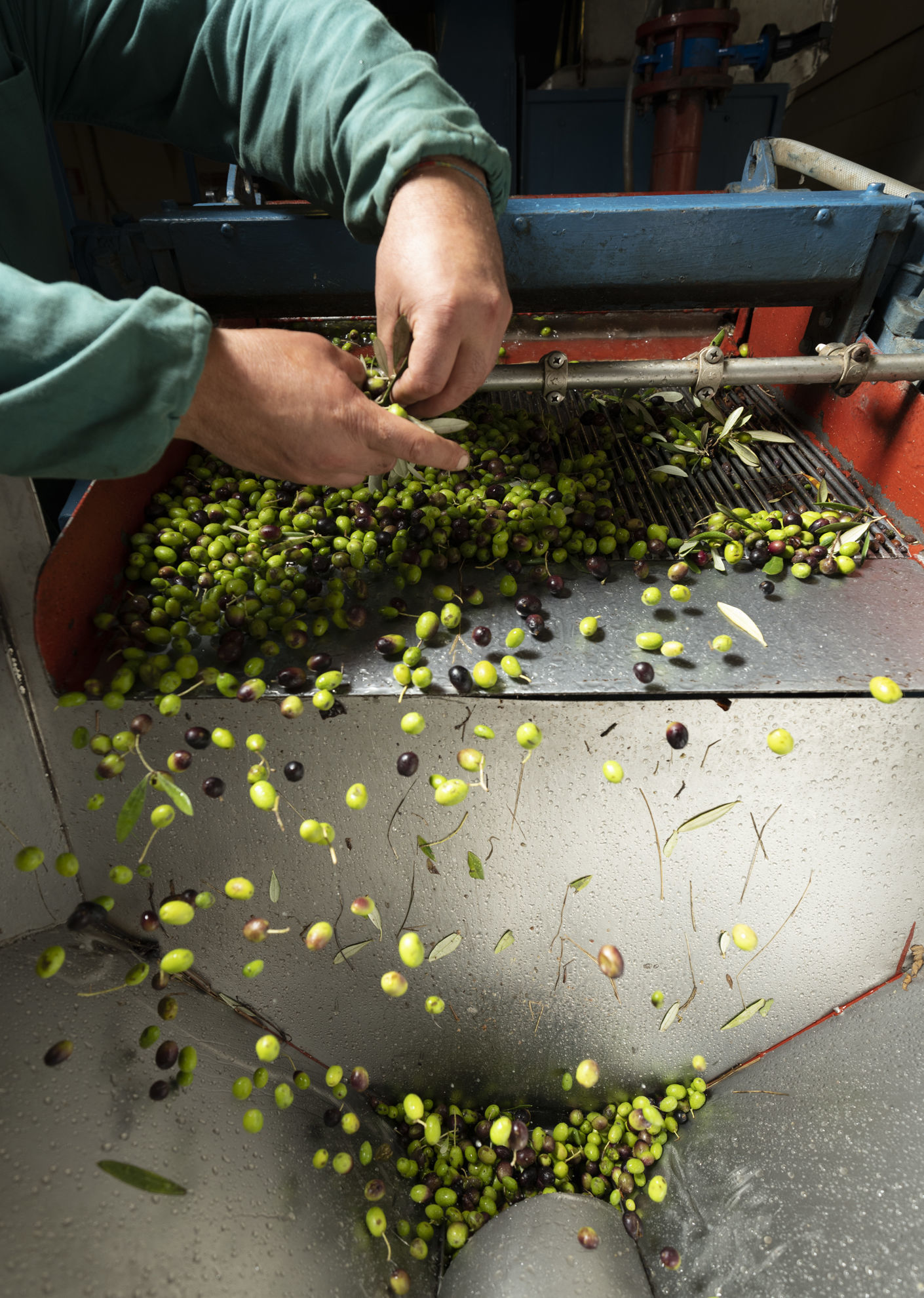
Olive cultivation began in prehistoric times in Egypt, Asia Minor and Greece. Today, the olive tree is one of the most known species of the Oleacee family and 90% of the world’s production is concentrated in the Mediterranean basin for obvious climatic reasons. Spain, Italy and Greece are the main European producers.
Naturally, olive cultivation is largely destined for the production of extra virgin olive oil: the most famous and healthy type of olive oil for its nutritional and organoleptic characteristics. In short, it is a must-have for every table in the world. Our Laudemio Frescobaldi oil is synonymous with the highest quality and is part of a tradition that has lasted for centuries.
Today, however, the olive tree is not only cultivated to produce oil or olives for consumption, but also for ornamental purposes in gardens or even in decorative pots.
If you want to find out how to plant an olive tree and all the required steps and secrets to ensure that it grows healthy and strong, keep reading and immerse yourself in the world of olive cultivation.
Cultivating Olives: Fundamentals and Techniques
Did you know that olive trees produce their first olives only when they reach an age of 3 to 7 years? It takes approximately 10 years for an olive tree to reach full maturity. Under optimal conditions, olive trees can thrive for up to a millennium, but everything begins with the appropriate planting.
To plant an olive tree, one must not start from the planting of the actual plant, but from its base: the soil. First of all, olive tree soil must be chosen carefully and some basic guidelines must be respected.
Being a heliophilous plant, the olive tree needs sun. For this reason, it is important to choose a soil that hardly ever sees any shade. At the same time, it must be protected from frost, as olive trees cannot tolerate too cold temperatures.
Another fundamental element to consider when planting olive trees is to reduce humidity as much as possible: it is best to choose a sloping ground to favor water drainage.
There are three different types of olive groves:
- Traditional (low density of trees, less than 200 per hectare)
- Intensive (medium density of trees)
- Super-intensive (very high density of trees)
Despite its great adaptability, it is also true that the olive tree needs suitable soil. It is therefore essential not only to choose it carefully but also to work on it to make it as hospitable as possible for cultivating olives. But how?
- First of all, you need to dig a pit to the depth of the roots (80 cm to 1 m) to ensure the highest percentage of water and nutrient availability;
- Then, you need to level the surface by working it with a hoe and rake.
At this point, you can move on to planting the olive tree. Planting should take place in spring or autumn to avoid great drought or moisture during the early stages. This will allow the roots to penetrate the soil without hindrance.
The first essential step before moving on to the practical phase is to ensure that you choose a healthy and certified seedling to avoid it growing already deseased and possibly affecting the surrounding soil.
But how to decide which olive plants to plant? There are, in fact, different varieties of olives, also called cultivars, each with its own characteristics. The choice must be based on the destination of the olives, and the soil and climatic characteristics of the land. They are mainly divided into three groups: those for oil, those for the table, and those with a dual purpose. Whichever is the case, one piece of advice we would give you is to always prefer the older local varieties, as they have adjusted to the territory over hundreds of years.



Optimising Olive Tree Cultivation
Planting an olive tree is a fairly complex operation. Let’s find out together how to plant and grow olive trees by avoiding mistakes that could compromise the plant’s rooting.
After having carefully chosen and prepared the soil, here are the basic steps to start the olive tree cultivation process:
- Dig holes at a depth of 20-30 cm with a distance of 3 to 6 m (optimal distance to avoid contagion in case of a plant disease);
- Arrange the plants to be planted in the holes, making sure that the roots go right into the center;
- Cover with soil and compress it multiple times so that it adheres well to the roots, avoiding dimpling.
In the cultivation of olives, sustainable and organic techniques can be used to invigorate the growth of the plant during all its life stages. The best known is certainly pruning. Olive pruning has the purpose of getting the plant into its optimal shape. Periodic pruning serves to obtain a regular production and not every other year. In addition, we can also mention completely organic fertilization practiced with materials of animal or plant origin.
Are you curious to find out how to care for olive trees? Read on!
How to Care for Olive Trees
When growing olives, each plant needs the right amount of attention to ensure that it is always in good shape and maintains high levels of productivity.
- Pruning. We have already mentioned that this is a very important practice that serves to keep an olive tree healthy and beautiful. In particular, cutting the branches appropriately and with a precise frequency allows the foliage to be ventilated and to receive enough sunlight, thus avoiding stagnation of moisture, which is dangerous for the health of the olive tree.
- Weed control. Weeds must be reduced to a minimum because of competition for soil nutrients. One technique used for this purpose is grassing: by covering and shading the soil, weeds are reduced and, in addition, moisture levels and soil compaction are regulated.
- Health monitoring. Monitoring the health of olive trees does not start with the plant, but with the soil. Its aridity, moisture and compactness must be checked, continuing with plowing or harrowing.
- Regular fertilization. Fertilization for olive cultivation is generally carried out once a year. Fertilizers, whether organic compost or chemical or mixed, must be spread on the surface and then buried.
- Localized irrigation. The best method is the localized method, called drip irrigation, which allows the foliage not to be wet: by now we know, moisture is the kryptonite of every olive tree. The frequency depends on the area of the olive tree and its condition and finally, also on the destination of the final product.
With correct cultivation practices and the maintenance of a balanced environment rich in biodiversity, many diseases and thus also contagion can be prevented. Regarding insects, luckily the olive tree is among those that can best withstand the presence of pests and rarely needs special treatments.
A correct olive veraison is a very good sign that the plant is in good condition and one can proceed to olive harvesting when one deems it necessary, depending on the variety cultivated and the intended end use.
Conclusion: The Passion of Olive Oil Cultivation
In conclusion, olive cultivation represents a rich tradition deeply rooted in history, with its origins going back to prehistoric times.
Today, olive tree cultivation can have several purposes: from the production of olives for consumption, to the production of extra virgin olive oil.
Olive oil cultivation is a true art and a science simultaneously, full of techniques and methods, especially organic ones, that allow fruitful growth and high productivity of the plant.
At Laudemio Frescobaldi we know the importance of treating the entire production process with care and dedication, from the planting of the olive tree to its optimal growth and fruit production: the olives used to create our unparalleled extra virgin olive oil.